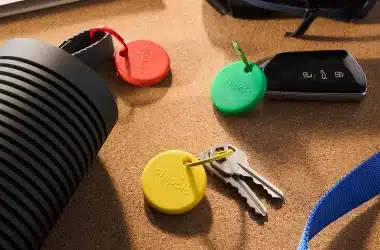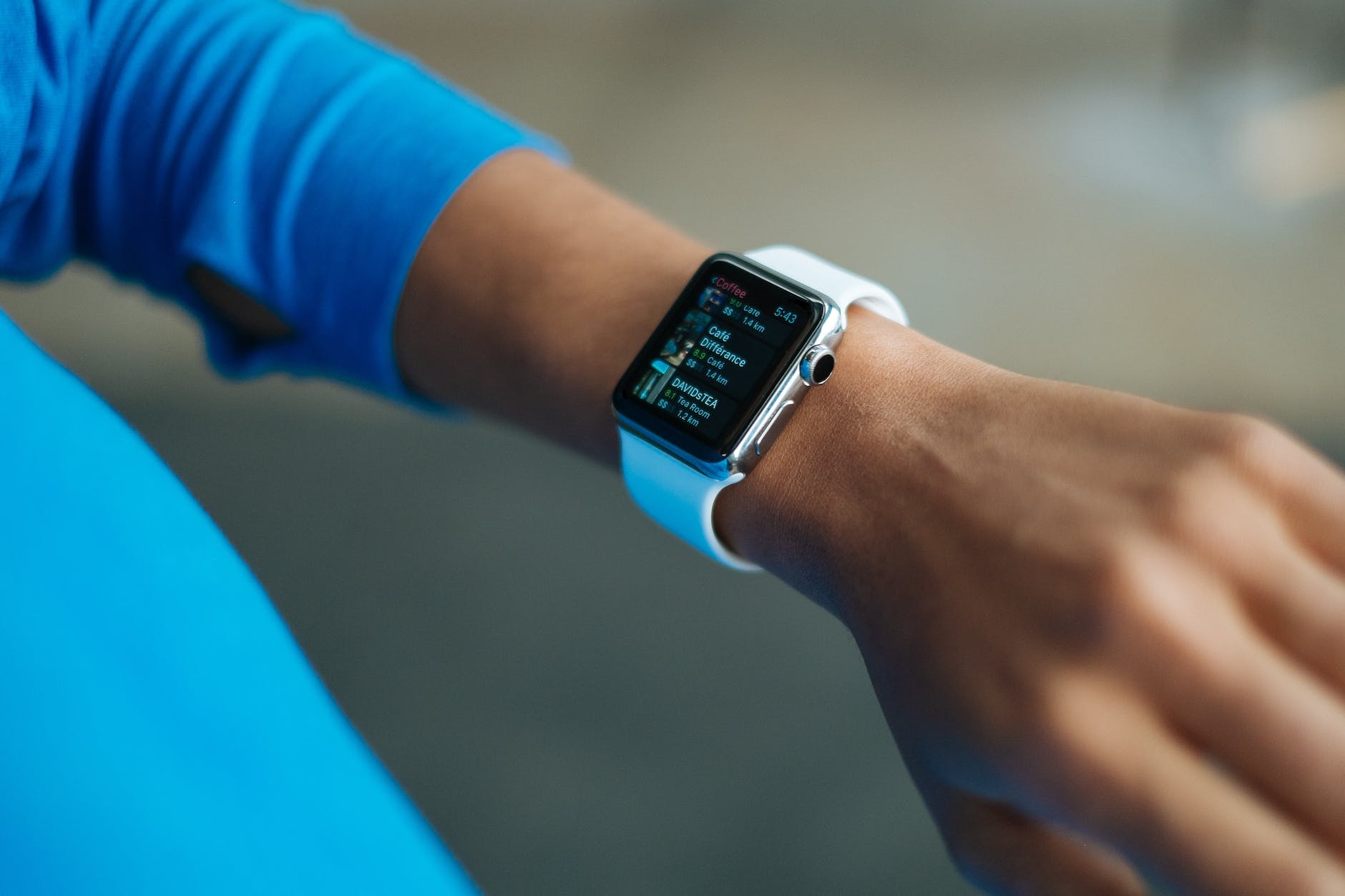3D printing has already helped to produce prosthetic body parts for amputees and even organs, but how about a real heart complete with blood vessels, ventricles and muscles? That is now a reality, thanks to the researchers at Tel Aviv university. It was also made from real, living human cells — a boon for the issue of organ rejection.
3D printers usually operate by dispensing the materials required accordingly using advanced robotics technology. This may be an oversimplification, but the concept of 3D printing has proven its ability to manufacture a plethora of items from different materials, and of different shapes, right there on a table — no assembly line necessary. That will change the way nearly everything is made.
The rabbit-sized 3D-printed heart was made from the patient’s own living cells (fat tissue), which may can resolve the issue of patients’ bodies rejecting donated organs or artificial hearts. Despite being too small for a human and also non-functional (hearts need to be installed in the human body and contract, according to Dr. Anthony Atala of the Wakeforest Institute for Regenerative Medicine).
This is an ambitious project, and like most others, may lead to the printing of simpler organs such as bladders and ears first, and then more complex organs as the technology advances. The breakthrough will make an impact on average life expectancy, as heart-related illnesses are a leading cause of death around the world. Another leading cause of death is organ failures, where this also have an impact.
It will also take life extension a step further. If new body parts and tissues can be generated like the Tel Aviv researchers did, then it may lead to people to regenerating tissues during their annuals checkups (most likely in the distant future). Before then, it will likely lead to more successful heart attack recovery, as well as the recovery of other failing organs that usually cost people their lives during old age.









